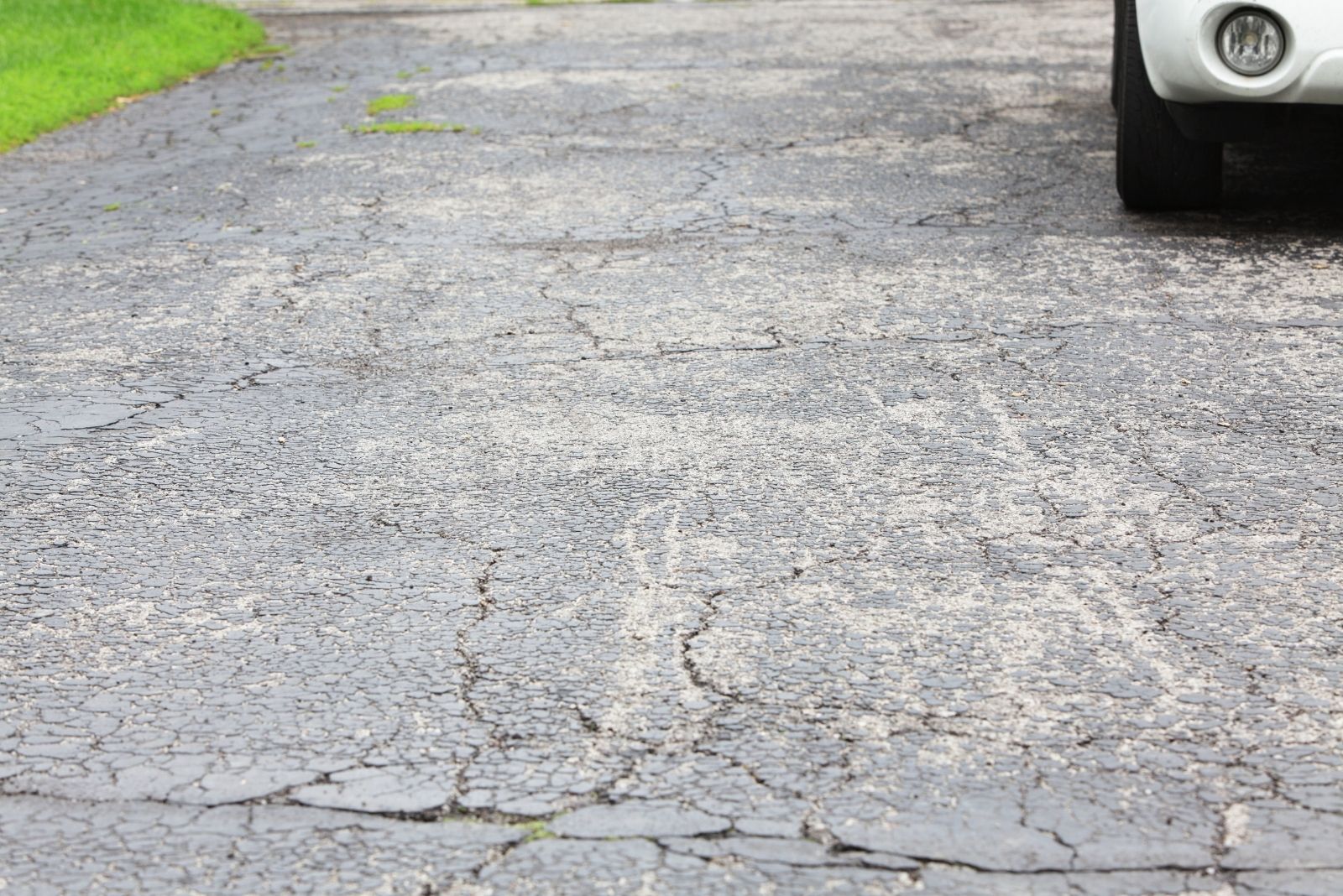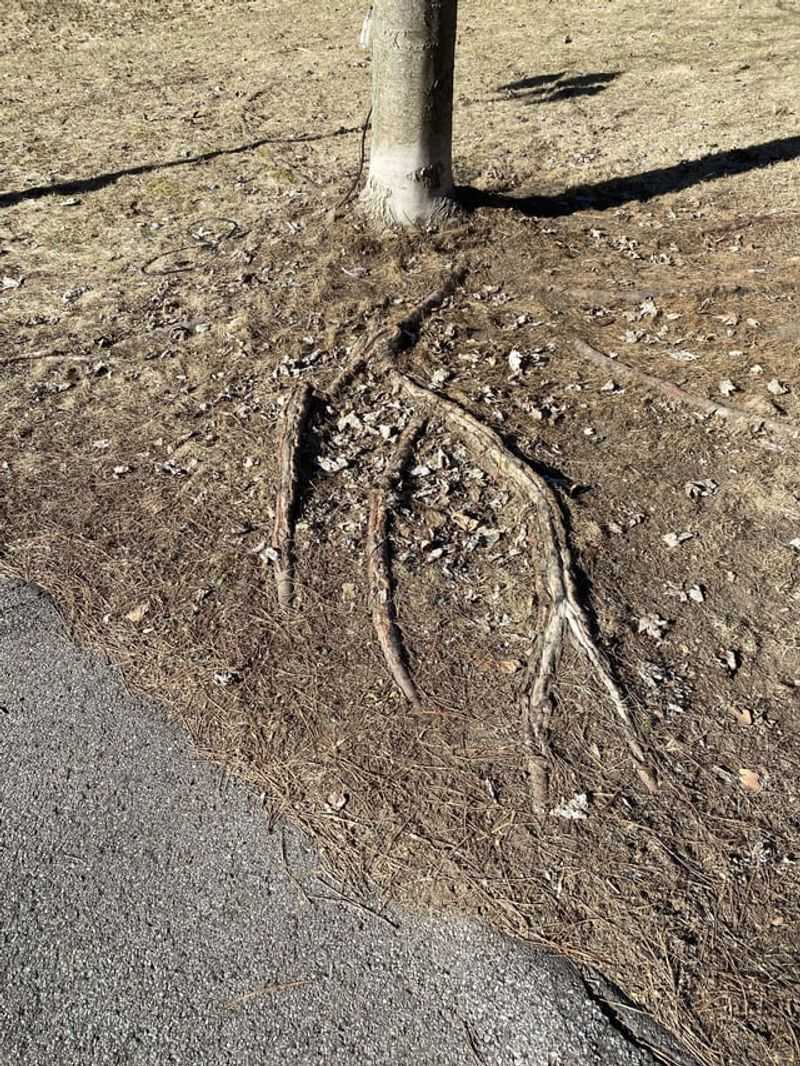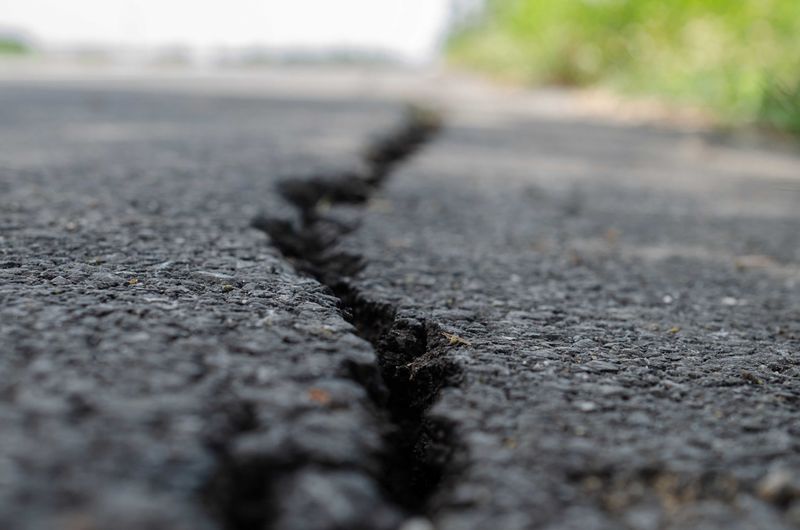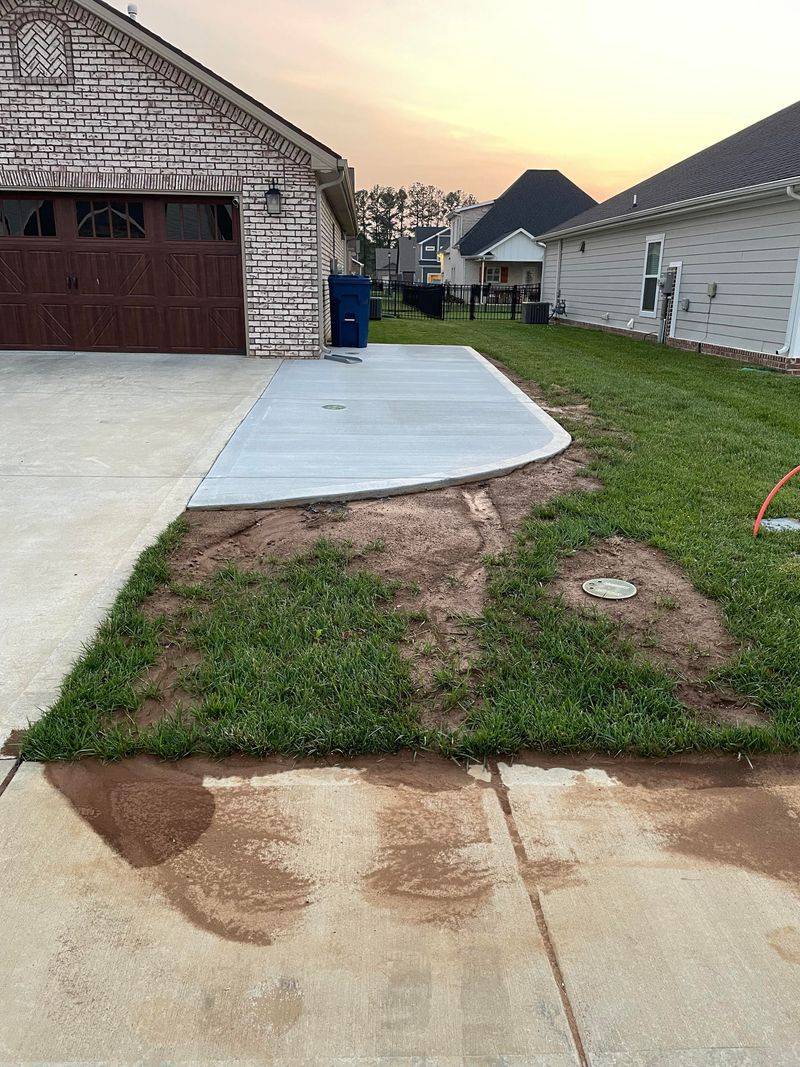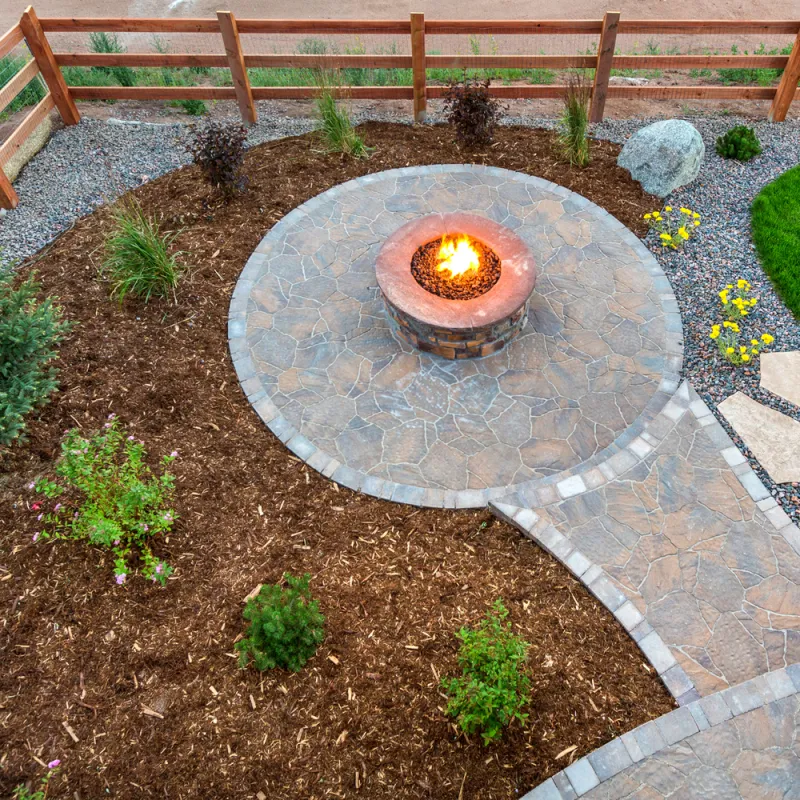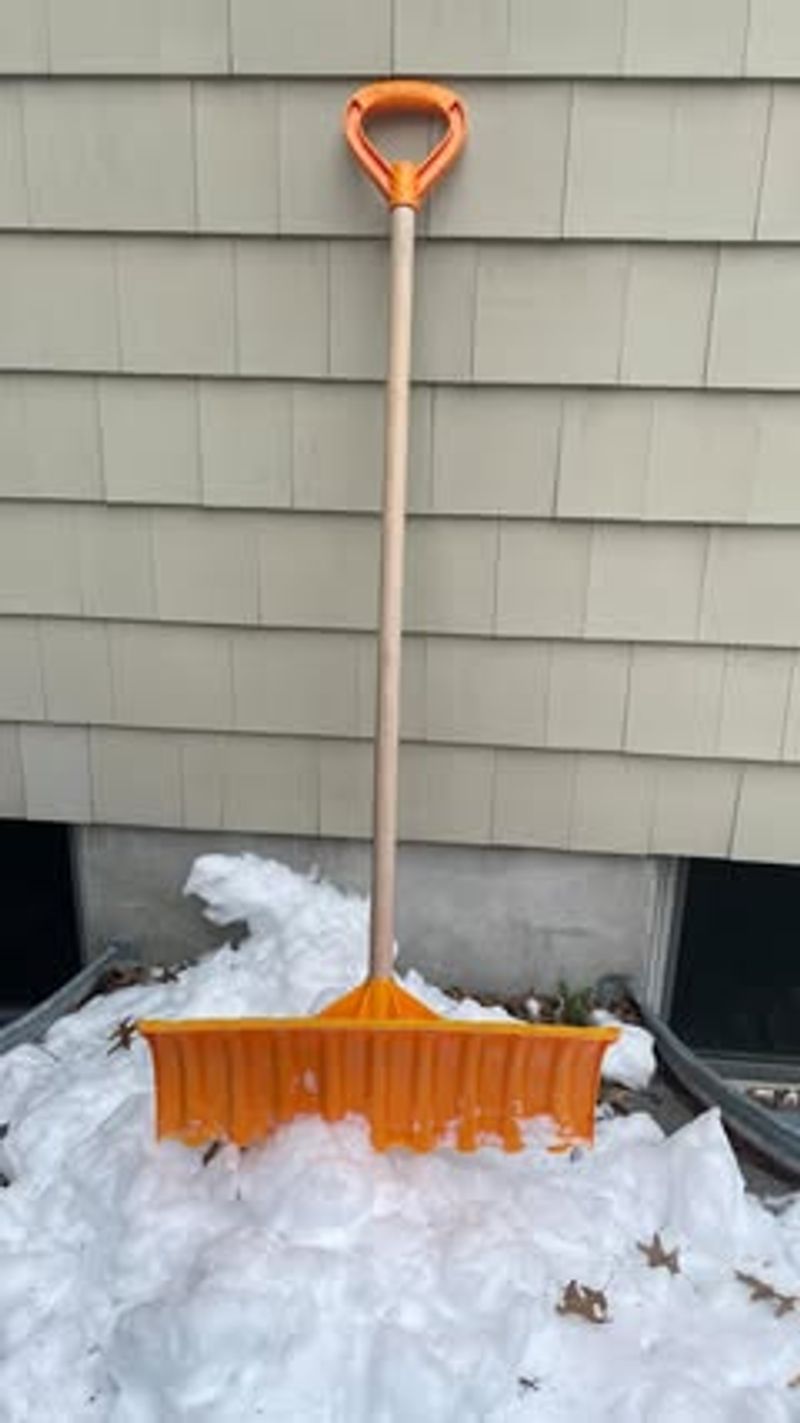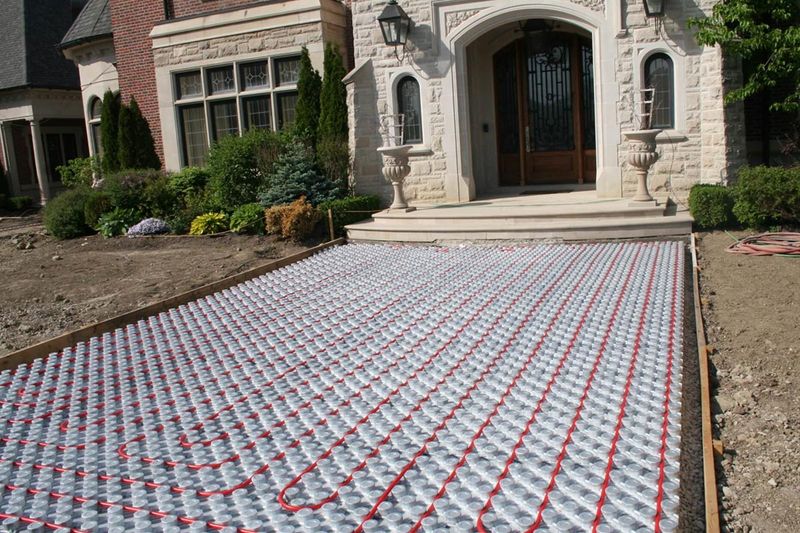Minnesota winters are tough on concrete driveways—what starts as a tiny crack in fall can turn into a wide split by spring. After living through 20 of these icy seasons, I’ve learned that protecting your driveway goes beyond patching and sealing.
It’s also about using smart landscaping to work with the weather, not against it. Those relentless freeze-thaw cycles force moisture into even the smallest cracks, expanding them as temperatures drop below zero. But with a few strategic plant choices and some simple techniques, you can buffer your driveway from the worst of it.
Think of it as winter-proofing your landscape. From ground covers that reduce runoff to mulch that insulates the soil, these small changes make a big difference. Your driveway—and your springtime sanity—will thank you.
1. Plant Root Barriers Along Driveway Edges
Native Minnesota sedges and prairie grasses make excellent natural barriers when planted strategically alongside driveways. Their fibrous root systems help control water movement and prevent moisture from seeping under your concrete.
I discovered this solution after noticing how areas with established plantings showed fewer cracks than bare sections. Choose drought-resistant varieties like Little Bluestem or Prairie Dropseed that won’t require excessive watering.
These hardy plants also create natural snow barriers in winter, reducing the amount of moisture that can penetrate vulnerable areas of your driveway.
2. Seal Cracks Before The First Frost
Fall is prime time for driveway maintenance in Minnesota. Once summer’s heat subsides but before temperatures drop below 50°F, apply a quality concrete sealer to existing cracks. This creates a barrier against moisture infiltration.
After sealing, consider planting low-growing creeping thyme or sedum in nearby garden beds. These plants absorb excess water that might otherwise pool near your driveway.
My neighbor neglected this step last year and ended up with cracks wide enough to plant hostas in by springtime! A little prevention goes a long way.
3. Create Proper Drainage Solutions
Water pooling near your driveway spells disaster when temperatures plummet. Creating a slight grade away from concrete surfaces helps direct snowmelt elsewhere. Rain gardens planted with moisture-loving natives like Blue Flag Iris can capture this runoff.
Last spring, I installed a small rain garden about 10 feet from my driveway’s edge. The difference was remarkable—water that once collected along the concrete now had somewhere productive to go.
Minnesota-hardy shrubs like dogwoods can also help absorb excess moisture while adding winter interest with their colorful stems.
4. Mulch Strategic Areas To Control Temperature Fluctuations
Temperature swings wreak havoc on driveways. Strategic mulching with pine straw or shredded cedar around driveway borders creates insulation that moderates these fluctuations. The organic material slowly breaks down, improving soil structure.
Years ago, I started mulching heavily along one side of my driveway where cracks kept appearing. That section now remains virtually crack-free while untreated areas still develop new fissures each spring.
As an added benefit, these mulched borders make perfect spots for early spring bulbs like snowdrops and crocus, which thrive in the protected microclimate.
5. Snow Removal Techniques That Protect Concrete
How you clear snow matters tremendously. Metal shovels and harsh deicers can chip concrete and accelerate crack formation. Opt for plastic shovels and plant-friendly alternatives like sand or coffee grounds for traction.
Surrounding your driveway with winter-hardy evergreens like dwarf spruce creates natural windbreaks that prevent snow from drifting and accumulating. I planted a row five years back, and they’ve significantly reduced my shoveling workload.
For areas where salt might splash, consider salt-tolerant plantings like daylilies or ornamental grasses that can withstand occasional exposure without suffering damage.
6. Install Heating Cables In Problem Areas
Heating cables offer a smart solution for Minnesota homeowners battling winter’s assault on concrete driveways. These specialized cables, installed along crack-prone sections, prevent the freeze-thaw cycle that wreaks havoc on your pavement.
Installation requires minimal tools – just secure the cables in a zigzag pattern across vulnerable areas and connect to a weather-resistant GFCI outlet. The cables maintain temperatures just warm enough to prevent ice formation without wasting electricity.
Many systems now come with smart controllers that activate only when temperatures approach freezing. While the initial investment ranges from $200-500 depending on coverage area, the protection they provide can extend your driveway’s life by years.

